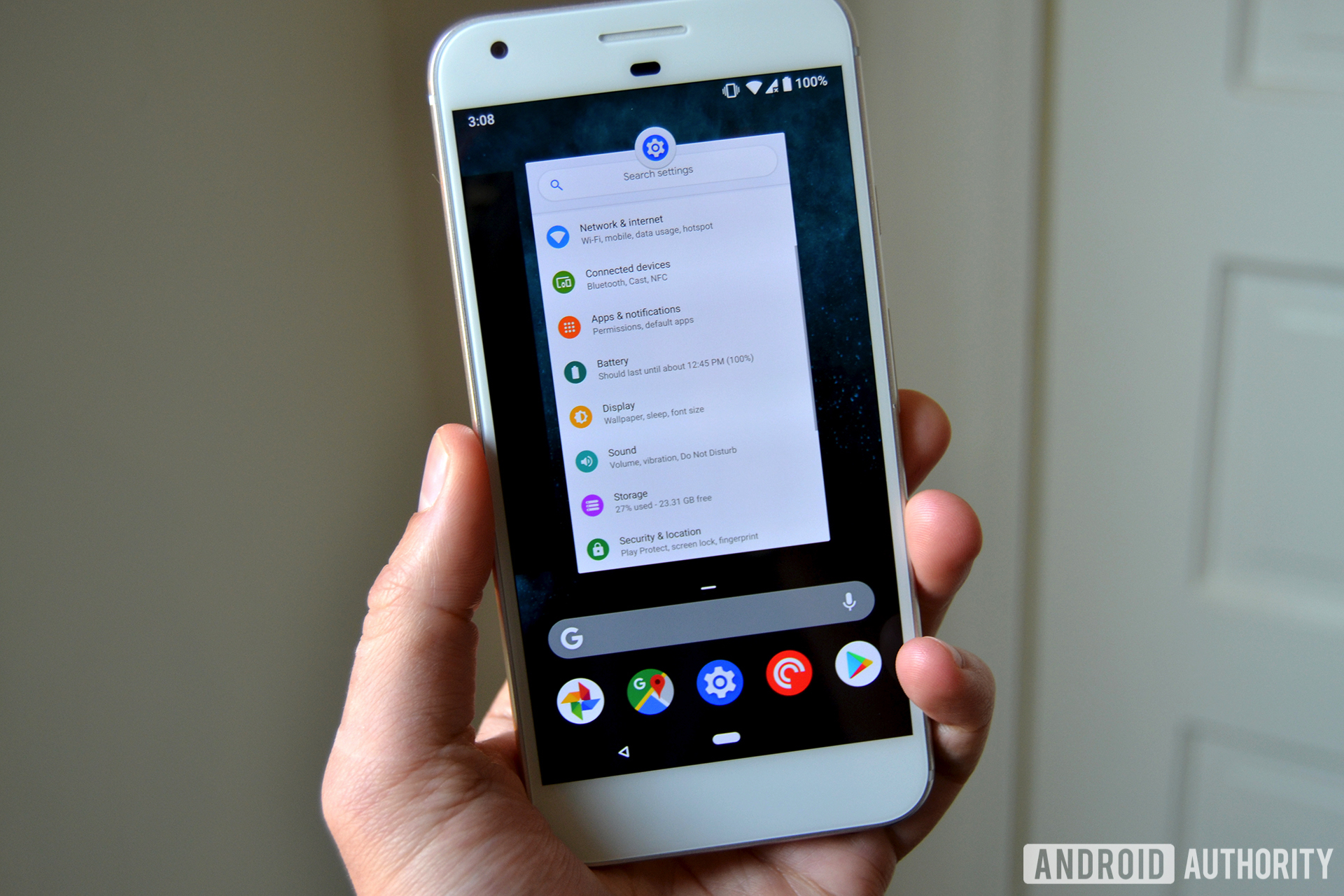
Google is moving along nicely with its rollout of new Android P builds. The first dev preview arrived in March 2018, but was only compatible with Pixel phones. At Google I/O in May, Google rolled out the second Android P preview for Pixel devices and seven other OEM phones.
On June 6, Google released the third Android P developer preview, also known as the second Android P beta build. This new build features final APIs and the official SDK, along with Play Store publishing for developers.
I’ve been using the third Android P developer preview on my Pixel XL for almost two weeks. Is it stable enough to use on your main smartphone, or should you proceed with caution? Find out below.
Android P beta bugs, stability, and battery life
The previous two developer previews were a little too buggy for my liking, but this one has been wonderful. I haven’t experienced any app crashes, random reboots, or bad battery life. In fact, battery life on my Pixel XL running the third dev preview is just about the same as running stable Android 8.1 — aside from a few hiccups here and there. On an average day running Oreo, I was achieving roughly 4.5 hours of screen-on time. On the third Android P preview, I’m getting about 3.5-4 hours. Not bad for a non-final version of Android.
The only issue I’ve run into is lack of Google Pay support. It’s a minor inconvenience though, and not something I’d expect to use on a developer preview.
Other known issues
Google’s release notes page lists many more bugs associated with this update:
- Users who depend on Accessibility Services — such as Talkback and Switch Access — may have challenges using this Android beta build, particularly the new system navigation, Overview, and the Launcher.
- System and app performance is known to be periodically slow and janky, and devices may become occasionally unresponsive. These problems may become more acute with prolonged use.
- Battery life may be regressed in this release for screen-on and screen-off use cases.
- System navigation still experiences some jank and frozen states on Pixel devices.
- Playback over Bluetooth may be unstable in some cases.
- Paired devices may be unable to change device volume.
- Devices cannot communicate with NFC readers.
- A device user is incorrectly prompted to add an account when enrolling (using QR code and zero-touch) factory reset protected devices. As a workaround, use the Back button to return to the welcome screen and repeat the process.
- Device cannot be factory reset. Workaround is to remove all Google accounts from the device first.
There are many more known issues in this developer preview, which you can find at this link.
When should you give Android P a shot?

We still have two developer previews to go until we see a final Android P release in Q3. So, one would assume that Android P isn’t stable enough to install on their main smartphone. But we all know what happens when you assume.
In my experience, the second Android P beta is absolutely stable enough to install on your main smartphone as long as you know what you’re getting yourself into. I’ve run into little to no issues with this build of Android, and battery life hasn’t really taken a hit either. That doesn’t mean your experience will be the same as mine though — just know that you might see some random app crashes or not-so-great battery life along the way.
- Preview 1 (initial release, alpha)
- Preview 2 (incremental update, beta)
- Preview 3 (final APIs and official SDK, Play publishing, beta)
- Preview 4 (release candidate for testing)
- Preview 5 (release candidate for final testing)
- Final release to AOSP and ecosystem
Now I want to hear from you. Have you used the second Android P beta yet? If so, how has your experience been so far?
Note: There is a poll embedded within this post, please visit the site to participate in this post's poll.Next: How to install Android P beta on the Essential Phone

0 coment�rios:
Post a Comment